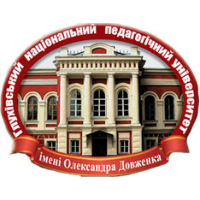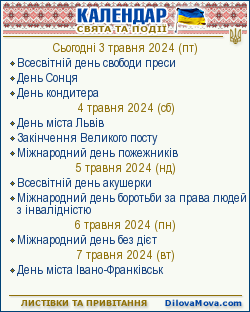 English
English Русский
Русский Українська
Українська
Languages
BASILE S. M. International cooperation of the All-Union Scientific Research Institute of Bast Crops with scientific centers of the Republic of Cuba in 1960 – the mid 1980s
The article deals with the issue of international cooperation of scientists of the All-Union Scientific Research Institute of Bast Crops and the agrarians of the Republic of Cuba during the 60s-80s of the XX century.
Cooperation between the countries was carried out on the basis of the constituent documents of the Council for Mutual Economic Assistance (hereinafter referred to as the CMEA), which also included the Cuban Republic. It should be noted that Cuba, the only Latin American country, which since 1972 has become a permanent member of the CMEA. The participants of this organization not only established economic ties, but also tried to implement projects in the field of scientific and technical cooperation.
Thus, one of the main areas of international cooperation between Cuba and the USSR, even before its entry into the CMEA, was the development and production of machines for harvesting sugar cane. Responsibilities for creating a model of a reed-assembly combine were assigned to the leading scientists of the institute G. Goncharov and S. Volovyk. Both engineers had experience in creating machines for agriculture and were awarded in 1950 the Stalin Prize of the III degree for creating simple and complex hemp threshers. During 1963–1964 work was to create a constructive scheme for the KST-1 trailed combine, which was completed by successfully testing a prototype. By a decree of the Council of Ministers of the USSR of April 29, 1964, the combine was put into mass production.
In 1971, at the XXV session of the CMEA, the Comprehensive Program of Socialist Economic Integration of the CMEA member countries was adopted, which provided for cooperation in the field of plant breeding, seed production, and the control of pests and diseases of agriculture. Thus, the robot to increase rice yields and pest control was the next joint project of scientists from Cuba and the USSR. Since rice in Cuba was the main food crop and its consumption was 600 thousand tons per year, the farmers were tasked with providing the island‟s population with rice of its own production.
An employee of the institute A. Bychko was sent to Cuba to work in this direction. Previously he was engaged in research work on the study of rice pests and methods of controlling them. The research took place at the Central Experimental Rice Station and lasted for 4 years. Scientists have begun work on the cultivation of new rice varieties that are more resistant to diseases and pests, and studied the main pests of the culture and methods to combat them, which made it possible to increase the efficiency and productivity of the rice industry and fully provide the country with its own products.
This question has not previously been covered in the scientific literature, therefore, for its study the departmental archive of the Bast Crops Institute of the Ukrainian Academy of Agrarian Sciences‟ materials was used, namely: personal files of employees of the institute, reports on foreign trips and reports of departments on scientific activities.
Key words: All-Union Research Institute of Bast Crops, Republic of Cuba, international cooperation, scientific research, rice, sugar cane, rice pests.
- 208 reads





